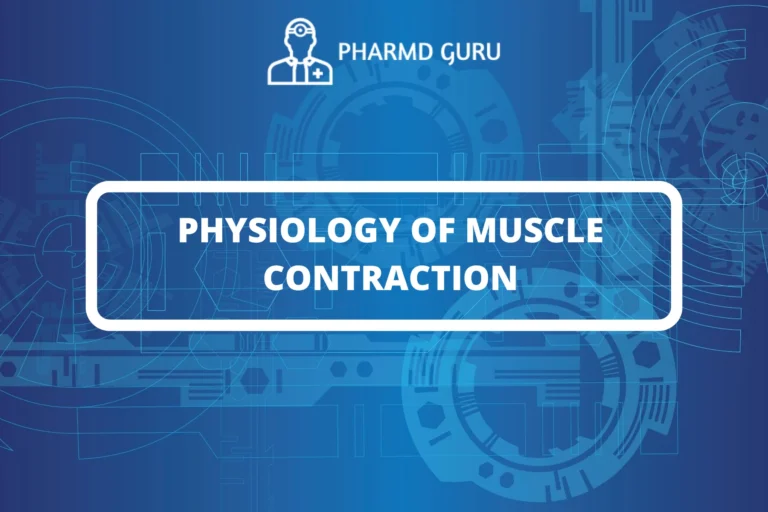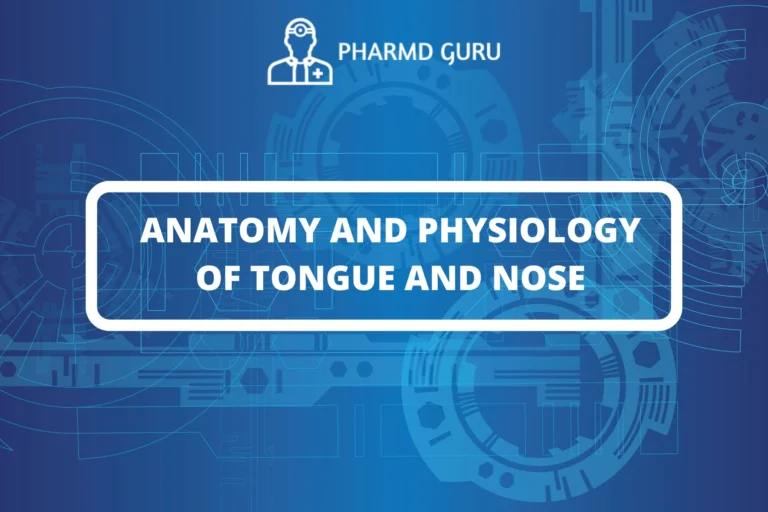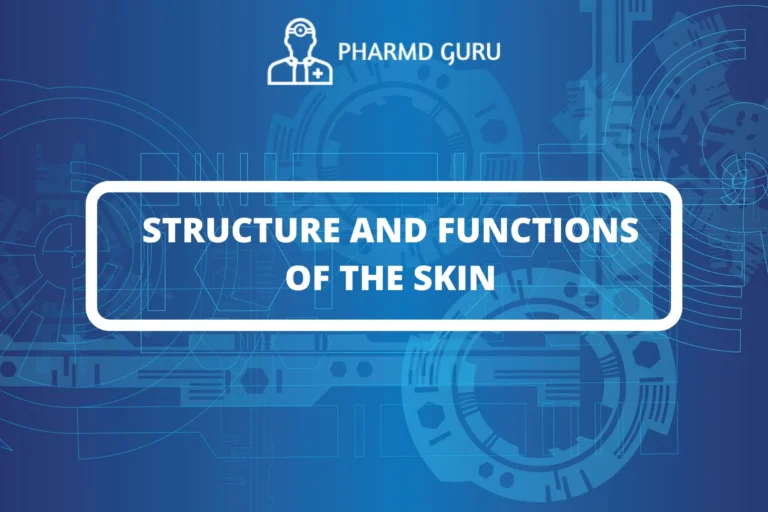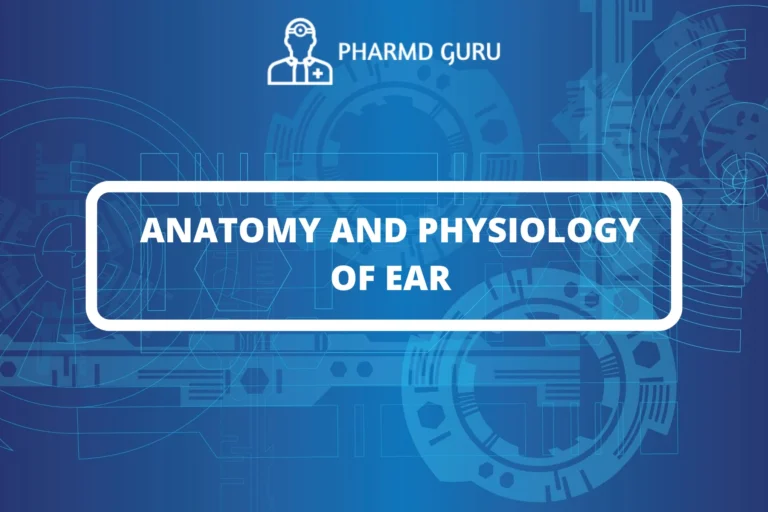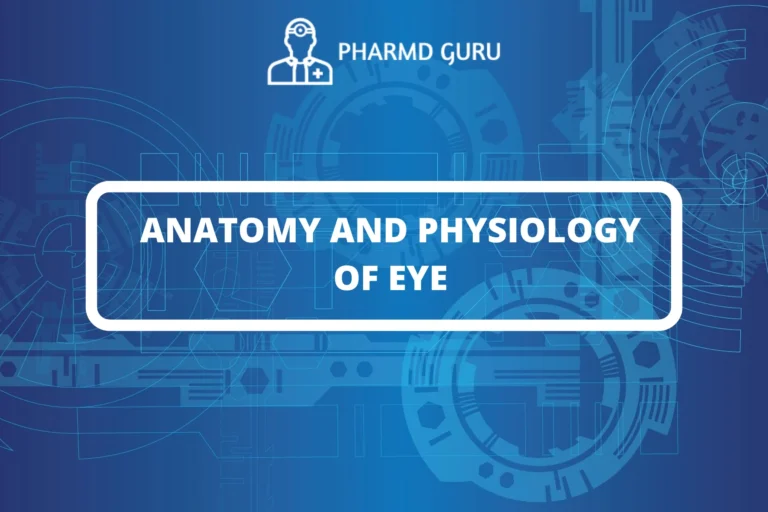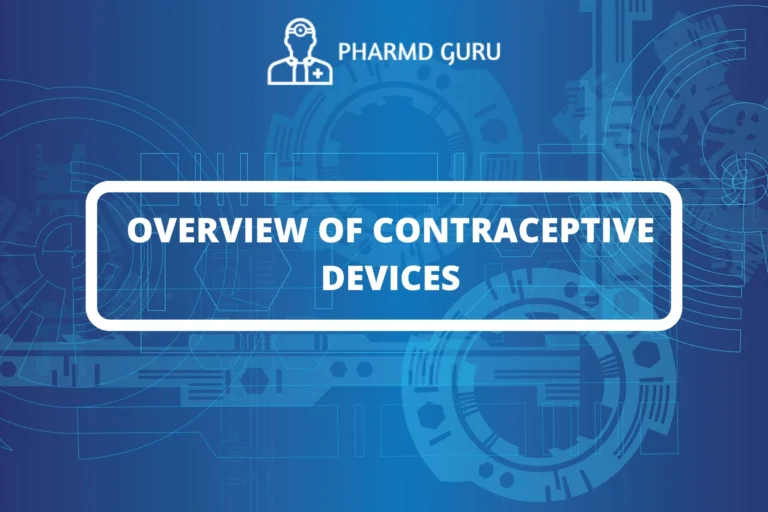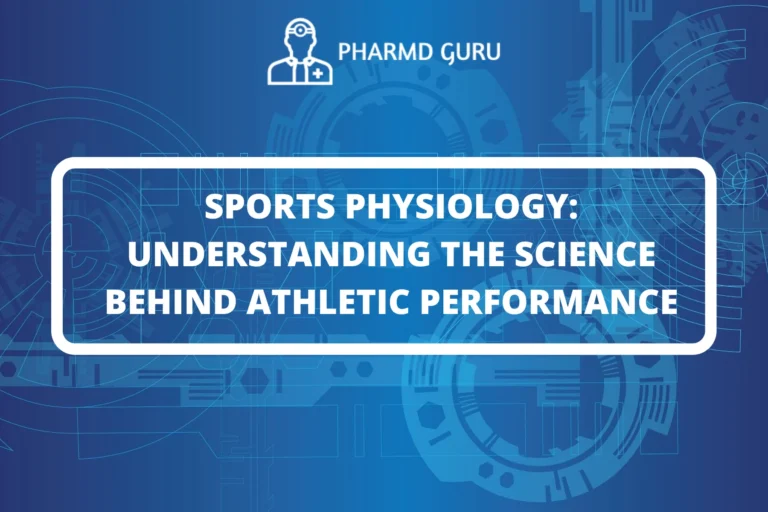
SPORTS PHYSIOLOGY: UNDERSTANDING THE SCIENCE BEHIND ATHLETIC PERFORMANCE
SPORTS PHYSIOLOGY: Sports physiology is a specialized field of study that examines the physiological responses and adaptations that occur in the human body during physical activity and exercise. It plays a crucial role in understanding athletic performance, optimizing training regimens,…


